
Striking the Right Chord: Spotif’s Promotional Campaigns that Connect
Posted in July 16, 2024
Table of Contents
Toggleintroduction
At Spotify's "Stream On" event in 2023, CEO Daniel Ek proudly revealed that the platform had exceeded 500 million monthly listeners in 184 countries and markets. Spotify aims to achieve 1 billion users by 2030, and its success is credited to its diverse marketing strategies, which have contributed to significant growth.
Marketing Strategy
Spotify bases its marketing strategy on personalization, emotion, and data as core principles. Using machine learning, the platform creates personalized playlists and conducts campaigns informed by user data. The focus of this approach is to establish an emotional bond between music and its listeners, all while using extensive user data to develop engaging and relatable campaigns.
Target Audience
Spotify's primary user base is made up of Generation Z and Millennials, with a slightly higher proportion of females than males. Despite this, Spotify has a diverse user base spanning 184 countries globally. Emphasizing the significance of personalized experiences, the platform focuses on tailoring interactions to individual user preferences and behaviours within varied regional and cultural settings.
The 4 P’s of Marketing For Spotify
Product - Spotify's dedication to enhancing user experience is evident in the recent release of a new mobile interface, which aims to improve music discovery.
Pricing - By seamlessly integrating its free ad-supported model with premium subscription offerings, Spotify offers users flexible pricing options. Spotify's freemium model has proven to be a success, with a 46% conversion rate to paid services, surpassing Slack at 30%, Evernote at 4%, and Google Drive at 0.5%.
Promotion - Spotify effectively connects with its diverse global audience through engaging and relatable marketing campaigns built on user data insights.
Placement - Through strategic partnerships with various device manufacturers and brands, Spotify has expanded its reach and accessibility, positioning itself strongly in the competitive audio streaming industry.
Conclusion
Spotify has achieved significant growth and dominance in the audio streaming industry by effectively utilizing personalization, emotion, and data as strategic assets. Its emphasis on providing customized experiences and pioneering features in its product lineup, pricing structures, promotional activities, and key collaborations has consistently strengthened its standing as the global leader in audio streaming services.












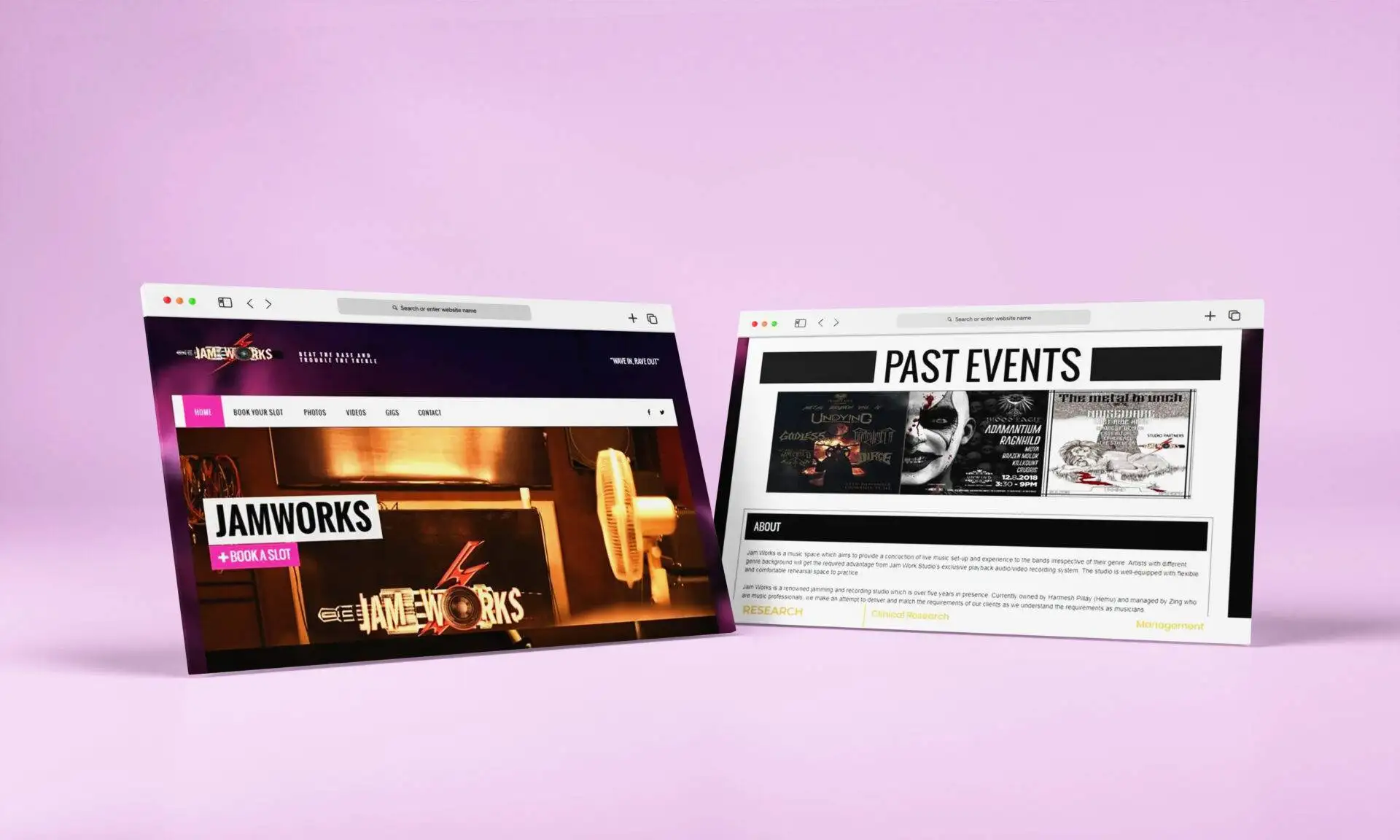
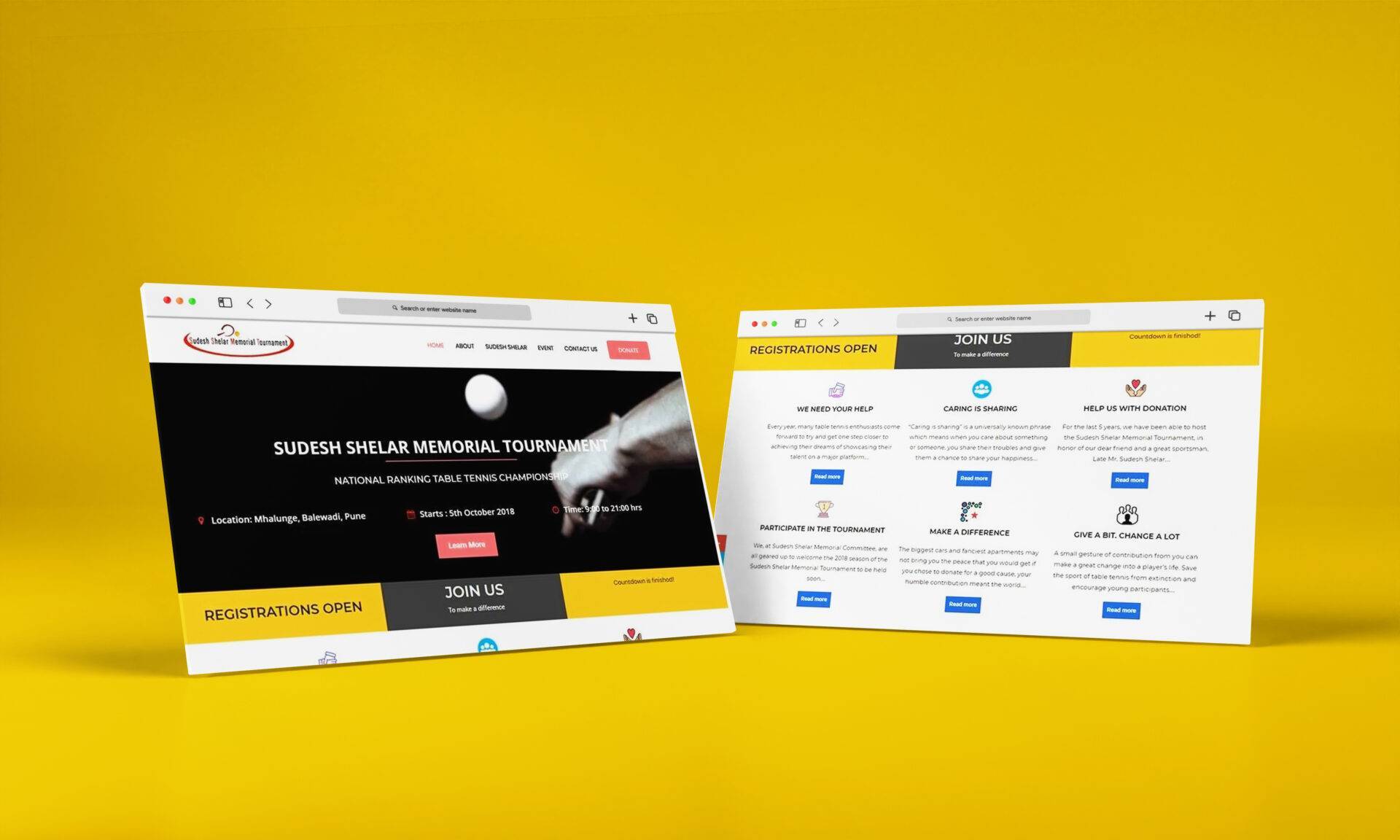
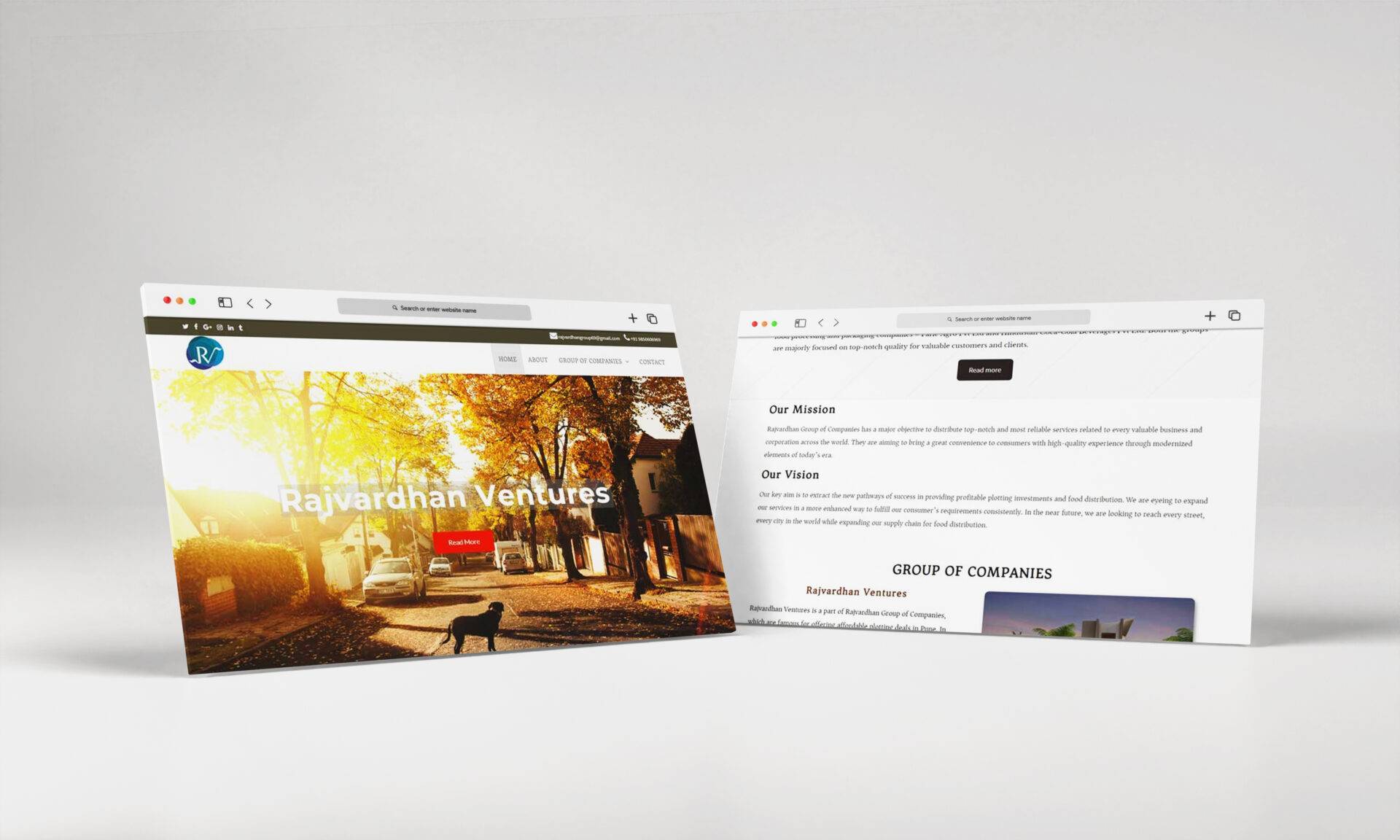
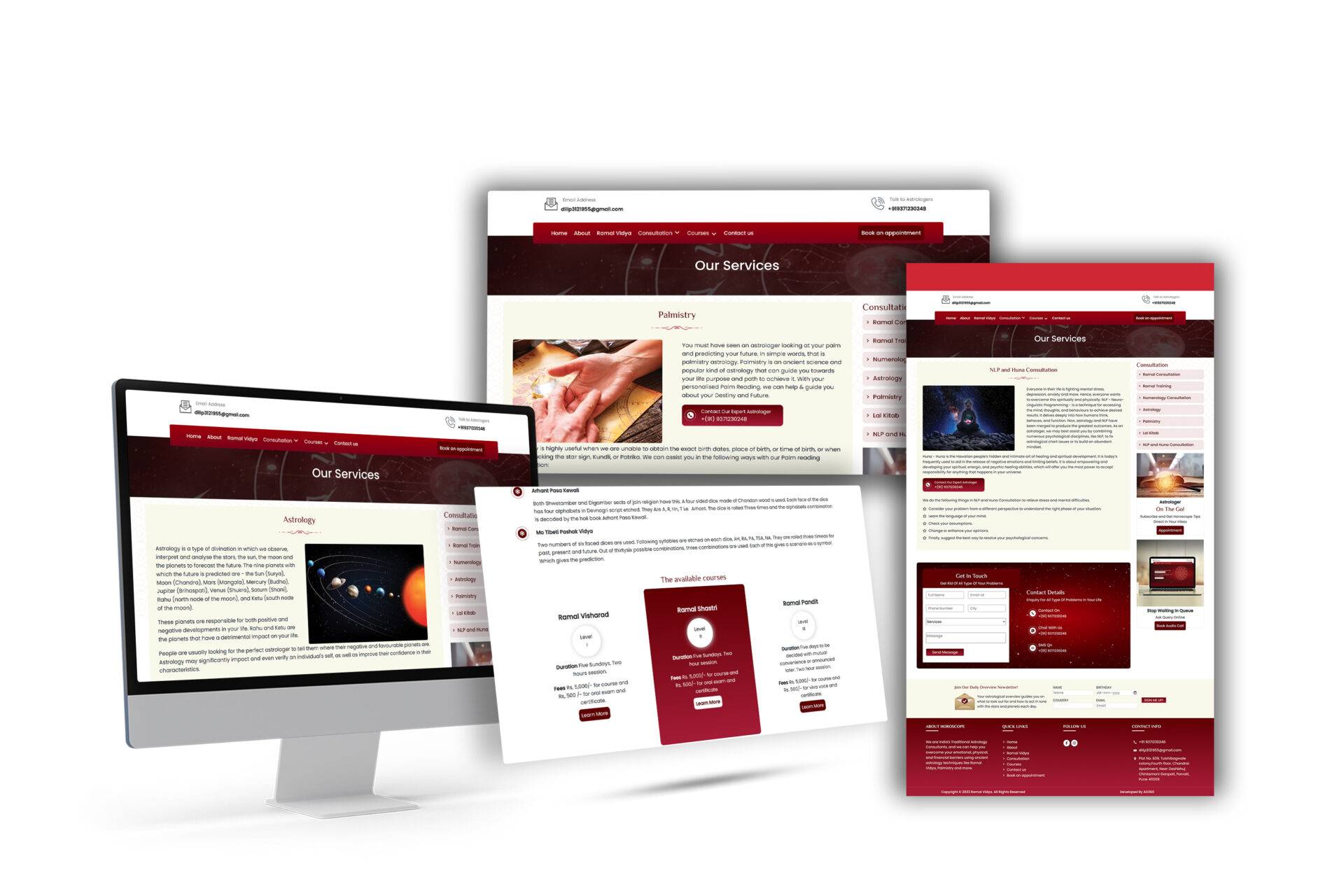
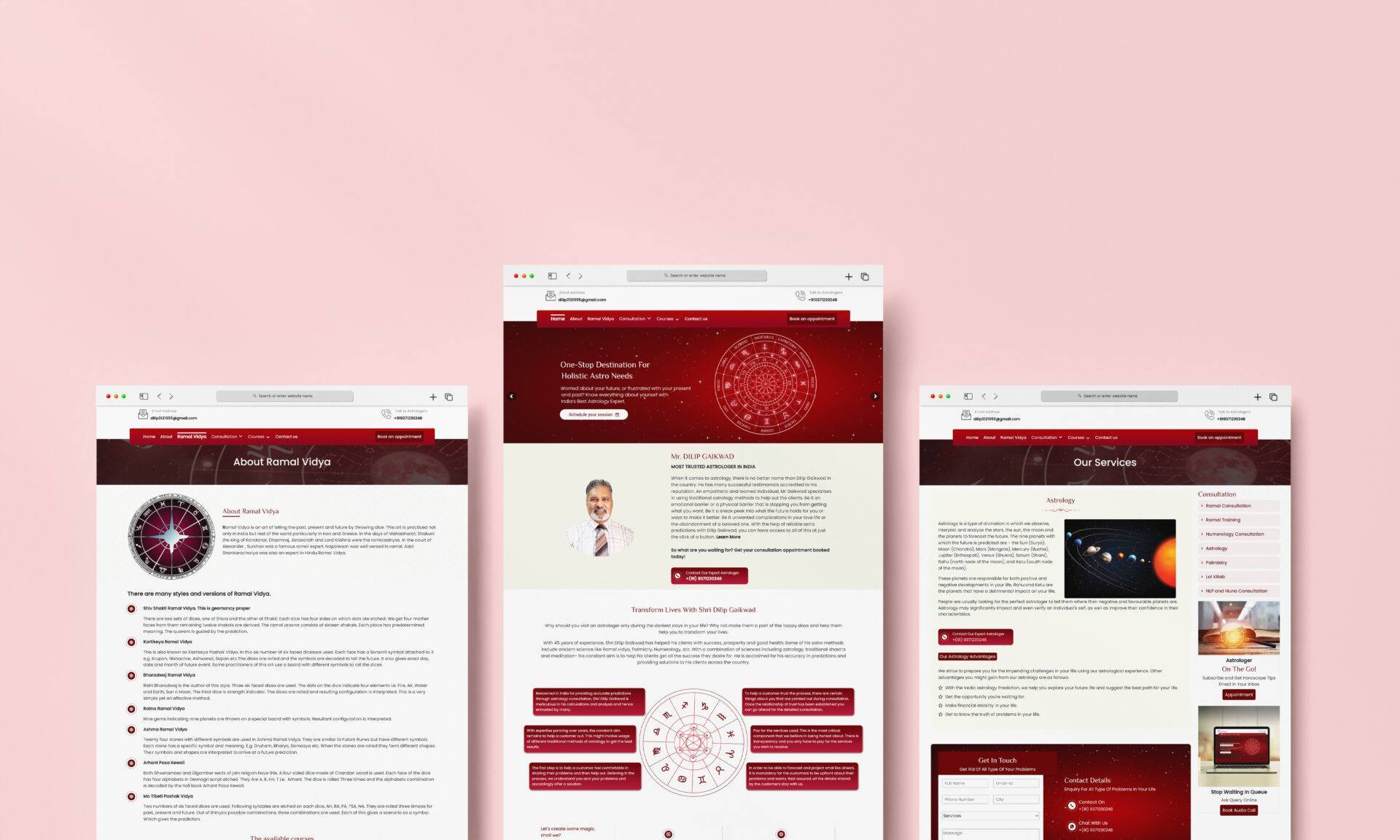
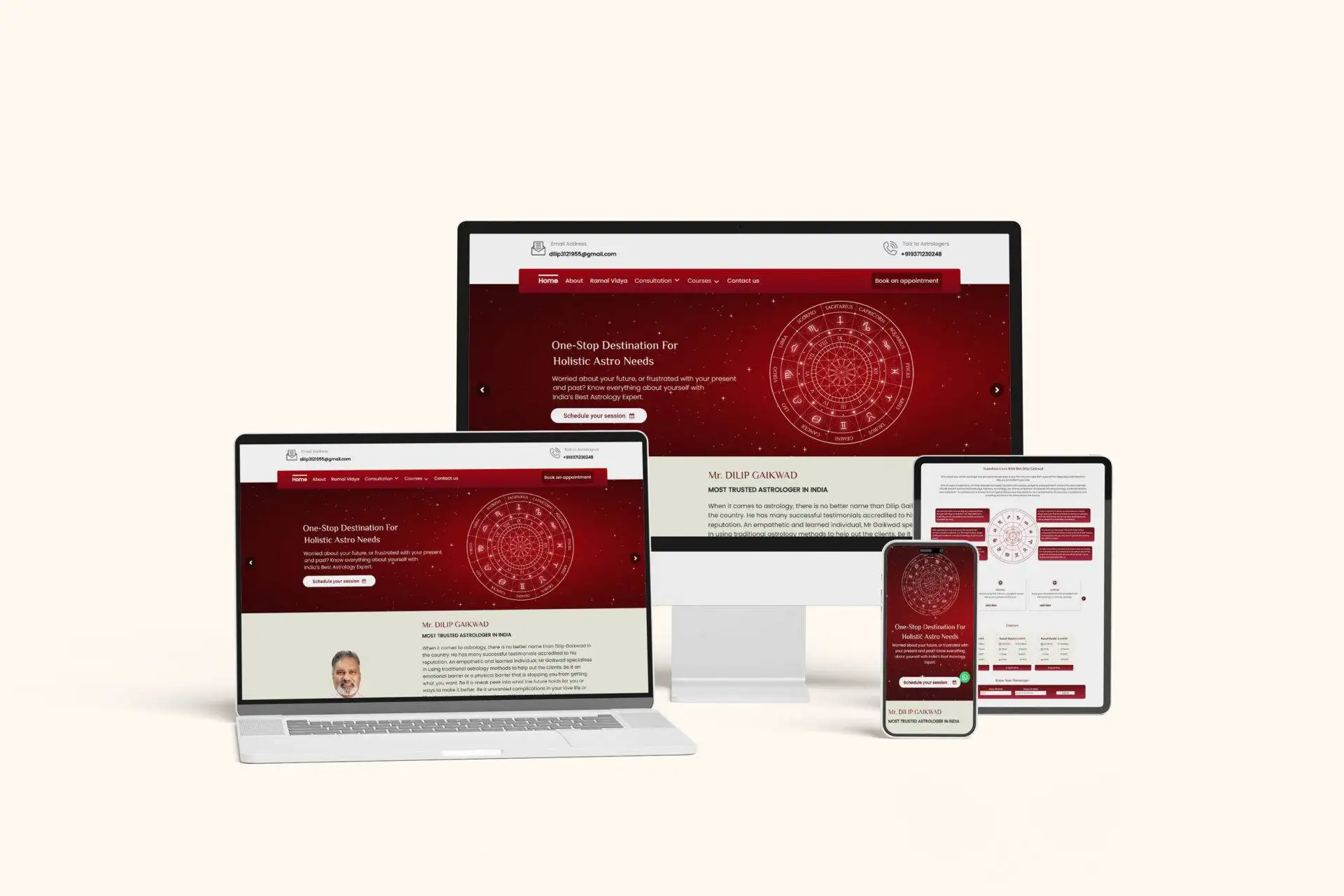






Leave a Reply